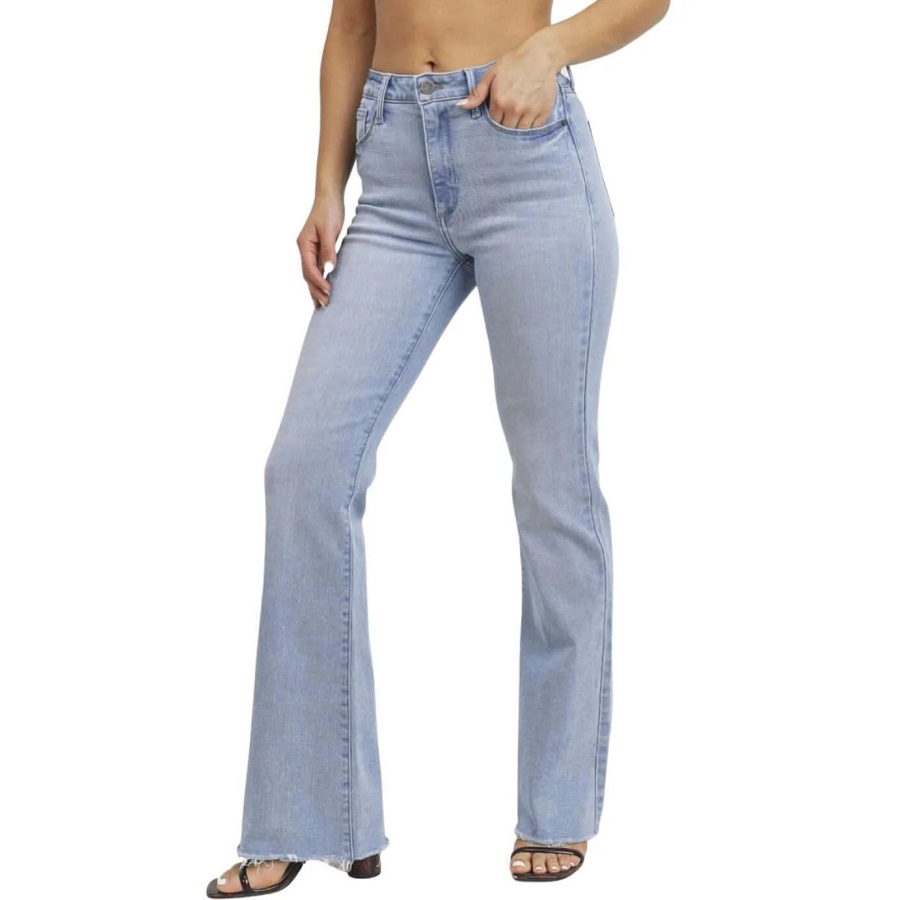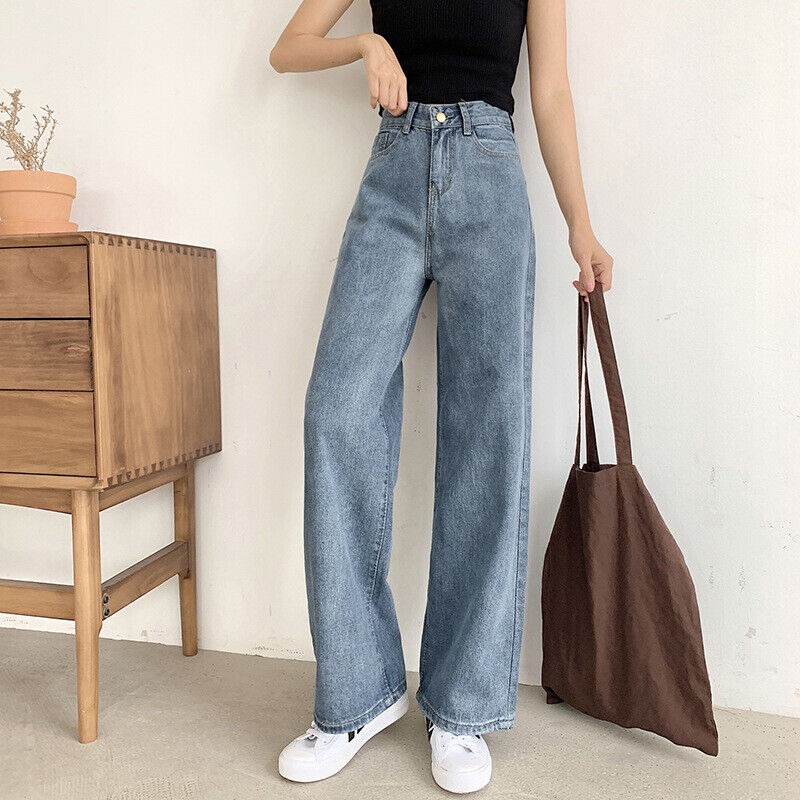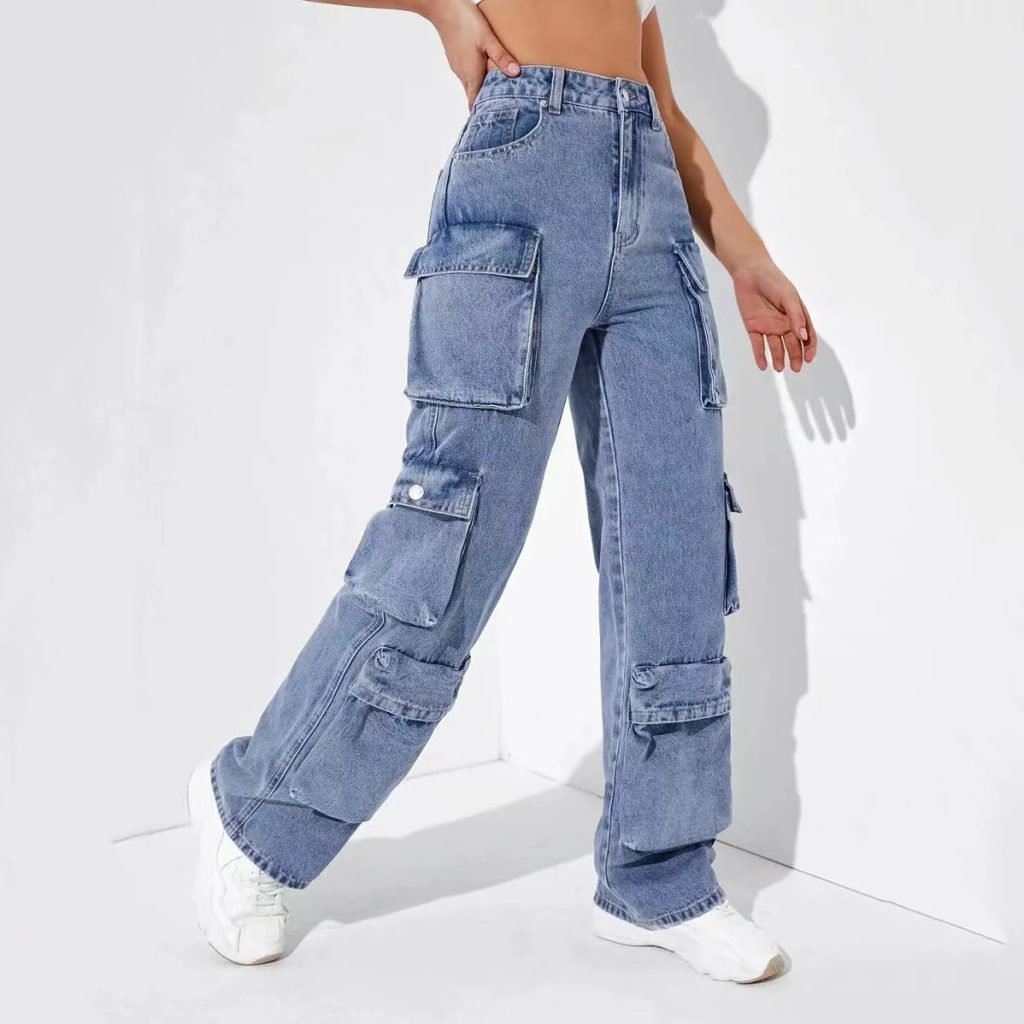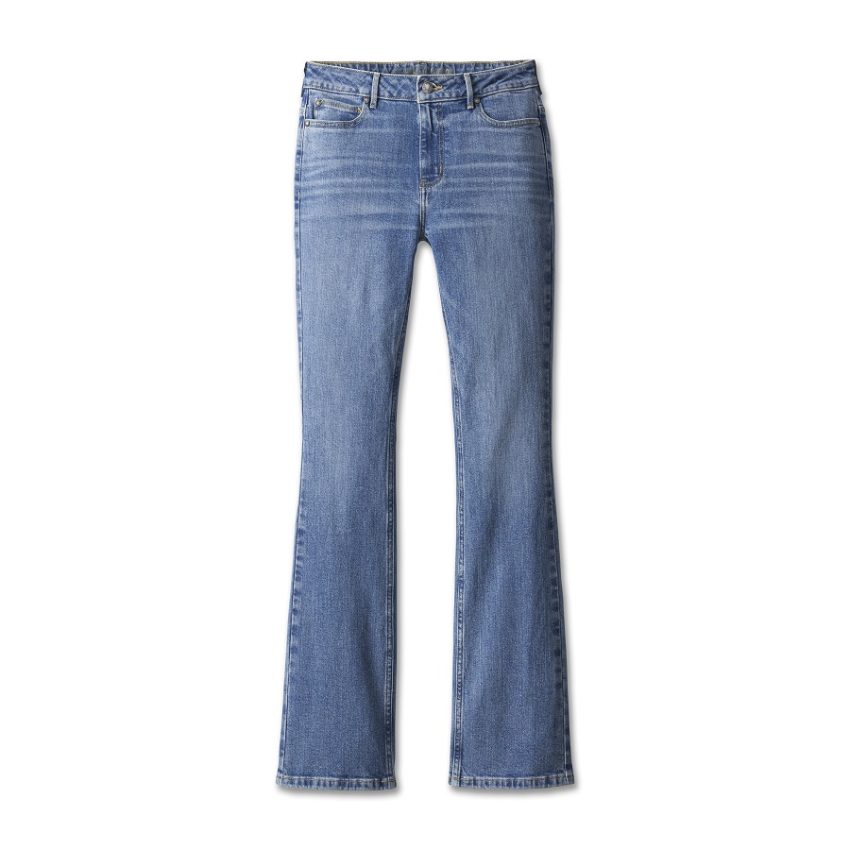Introduction to Jean Size Conversion
What size is an 8 in jeans? Navigating through the variety of jean sizes can be a daunting task. Knowing ‘what size is an 8 in jeans’ is just the tip of the iceberg. Jean size conversion is essential because jean sizes are not standardized across different brands. This means that a size 8 in one brand may fit very differently from a size 8 in another. Moreover, the same size may differ internationally, with US, European, and Asian sizes following different measurements. Understanding jean size conversion will help you make informed choices when shopping for jeans, whether you’re browsing in-store or online. It saves time, reduces the likelihood of returns, and ensures a better fit.

How to Determine Your Jean Size
Finding the right jean size starts with accurate measurements. Here’s how to pinpoint your size with ease.
Measuring Your Waist and Hips
Start by grabbing a soft measuring tape. Stand up straight and wrap the tape around the narrowest part of your waist. Note the number where the tape meets. This is your waist size. Next, measure your hips. Find the widest part around your buttocks. Ensure the tape is level and snug, but not tight. Record this measurement too, as many jeans use both waist and hip sizes.
Understanding Jean Lengths and Inseams
Now for the length. Jean inseams vary, affecting how long jeans hang on your body. Locate the top of your inner thigh. Measure down to your heel for the inseam length. Check this number against the jean size charts you’re looking at. Vendors often list sizes with waist/inseam numbers, like ’30/32′.
Keep these measurements handy when shopping. They’re crucial for converting between sizes and ensuring a good fit. Repeat the measurements every few months or if your weight changes. This way, you always know ‘what size is an 8 in jeans’ for you.
Size 8 in Different Brands
When shopping for jeans, a size 8 can differ greatly between brands. This section will help you understand these variations and show you how to navigate them effectively.
Comparing Popular Brands
The concept of ‘what size is an 8 in jeans’ can vary significantly across popular brands. For instance, a size 8 in Levi’s may not fit the same as a size 8 in Gap or Calvin Klein. It’s crucial to compare these brands by examining their size charts, which are often available on their websites. Look for measurements in inches for both waist and hip to get a clear picture.

Here are brief comparisons:
- Levi’s: Known for a snugger fit, especially around the waist.
- Gap: Generally offers a more relaxed fit, with roomier waist dimensions.
- Calvin Klein: Focuses on a tailored fit which might require going a size up for comfort.
Exploring customer reviews and product fit descriptions on the brand websites can also provide insights into how true to size their jeans are.
Effects of Fabric and Fit on Sizing
The material and design of jeans can also influence the fit of size 8 across different brands. Stretchy fabrics like elastane or spandex can make jeans more forgiving, potentially affecting your usual size. Similarly, the cut of the jeans—be it skinny, straight, or bootcut—can change how a size fits around your body.
- Stretch Jeans: If they contain a higher percentage of stretch material, you might need a smaller size for a snug fit.
- Rigid Jeans: Traditional denim without stretch might require a size up to accommodate natural body curves comfortably.
When trying jeans, evaluate not just the waist and hips, but also how they fit around your thighs and calves. This comprehensive approach helps in selecting jeans that are not just the right size but also comfortable and stylish.
International Size Conversion for Jeans
Navigating international jean sizes introduces another layer of complexity. Understanding the variance in jean sizes across regions ensures better choices when shopping globally. Here, we’ll specifically address the differences and conversion methods between US, European, and Asian sizes.
US vs European Sizes
US and European jean sizes often confuse shoppers due to their distinct numbering systems. A US size 8 in jeans generally correlates to a European size 38 or 40. However, this can vary based on the brand’s specific sizing standards. European sizes are typically marked in even numbers, increasing in intervals of two. To convert from US to European sizes, you might need to add 30 to your US size, but it’s crucial to check specific brand charts for precision.

Decoding Asian Jean Sizes
Asian sizes can be even more perplexing due to their significantly smaller scales. A US size 8 often translates to a size large in many Asian sizing charts. However, the exact number might be listed as 29 or 31, varying widely between different Asian countries and brands. Shoppers should particularly be cautious and refer to the detailed measurements provided by the retailers to ensure a good fit.
The Role of Jean Styles in Sizing
When selecting jeans, the style plays a critical role in how they fit. Paying attention to the cut of the jean is just as important as knowing ‘what size is an 8 in jeans.’ Different styles offer varied shapes and may influence which size is best for you. Let’s examine two popular styles: skinny jeans and bootcut jeans.
Skinny vs Bootcut
Skinny Jeans: These are form-fitting and designed to hug your legs tightly. If you’re considering a pair of skinny jeans, remember they might require a stretchier fabric. Because of their snug nature, you may choose a size that accommodates your body’s widest points comfortably.
Bootcut Jeans: Bootcut jeans flare slightly from the knee to give room for boots. Their fit is generally more relaxed than skinny jeans. For bootcut styles, focus on the waist and hip measurements rather than thigh tightness. If you’re in between sizes, it might be safer to choose the larger size for a comfortable fit around boots.
High-Rise vs Low-Rise Jeans
The rise of jeans, or the distance from the crotch to the waistband, shapes how jeans sit on your body.
High-Rise Jeans: A higher waist can create a smoother silhouette and is often preferred for its figure-flattering shape. With high-rise jeans, ensure the waistband doesn’t dig in by possibly choosing a size up if you’re in doubt.
Low-Rise Jeans: Sitting lower on the hips, low-rise jeans can be more forgiving in the waist area. However, if they are too tight, they might create discomfort or the dreaded ‘muffin top.’ It’s key to ensure a snug, not tight, fit at the hips for a flattering look.
By understanding different jean styles, you’ll be better equipped to find a pair that not only fits well but also complements your figure and fashion preferences.
Tips for Shopping Jeans Online
Shopping for jeans online can be tricky, but it helps if you know how to navigate size charts and understand return policies.
Reading Size Charts Effectively
Online shopping requires a good understanding of size charts. Always check the provided size chart before making a purchase. These charts can differ from brand to brand. Look for specific measurements like waist, hips, and inseam in inches or centimeters. Double-check these measurements with your own to find ‘what size is an 8 in jeans’ for you in that specific brand. Remember, some brands may offer sizes in both US and international measurements.
Importance of Checking Return Policies
Understanding a store’s return policy is essential when buying jeans online. Look for policies that allow returns for a full refund or store credit. Ensure the return window gives you enough time to try on your jeans and decide. Also, check if the brand covers return shipping fees, or if that will be an added cost for you. A flexible return policy can make the difference between a risk-free purchase and a regrettable one.

Common Mistakes in Jean Size Conversion
When trying to decode ‘what size is an 8 in jeans’, common mistakes can lead to frustrating fit issues. To avoid these pitfalls, let’s discuss some frequent errors and how to steer clear of them.
Ignoring Brand-Specific Sizing
One of the most common mistakes is assuming that jean sizes are universal. Different brands have unique sizing charts. Always check a brand’s specific size guide before purchasing, instead of relying on a general size you typically wear.
